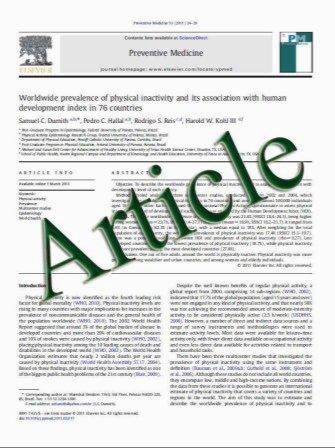Accuracy of CT-assisted pedicle screw placement after CT-controlled, presurgical guide wire mplantation in traumatic and pathological fractures in the thoracic spine
- نوع فایل : کتاب
- زبان : انگلیسی
- مؤلف : C. Ploss B. Maier M. G. Mack I. Marzi
- چاپ و سال / کشور: 2011
Description
Introduction The aim of this study was to evaluate the accuracy of pedicle screw placement after computed tomography (CT)-assisted positioning of guide wires and subsequent insertion of transpedicular screws in particularly narrow pedicles in the thoracic spine. Transpedicular pedicle screw placement has been commonly used for a number of decades. However, a significant number of malpositioned screws still occur, especially in the thoracic spine, potentially correlating with relevant complications, e.g., neurological deterioration. Patients and methods A retrospective analysis was performed after CT-assisted and -controlled implantation of guide wires into the pedicle. A total of 39 patients underwent dorsal spondylodesis using two different internal fixation systems, i.e., with a cannulated or a solid screw design. The postoperative screw position was evaluated with CT scans in three planes in a total of 254 screws. Results The number of the screws inserted at each level were as follows (total n = 326): T1, n = 8; T2, n = 26; T3, n = 26; T4, n = 36; T5, n = 50; T6, n = 37; T7, n = 38; T8, n = 32; T9, n = 24; T10, n = 18; T11, n = 10; T12, n = 6. Indications for the operative treatment were fractures, tumors, and infectious diseases. A total of 254 screws inserted were evaluated by CT scan in order to determine the screw position inside the pedicle and potential perforation of the pedicle wall. The overall rate of pedicle wall perforation was 7.5%, including 1.2% perforations of the medial wall. A significant correlation between the perforation rate and the type of fixation system in favor of the cannulated system was found (P = 0.033). During the study, no revision surgery due to screw misplacement was necessary. None of the treated patients showed neurological deterioration after screw implantation during the presented study. Conclusion The CT-assisted pedicle screw implantation procedure using guide wires implanted prior to surgery is an accurate, reliable, and safe method for dorsal spondylodesis in the treatment of a variety of spinal instabilities, including fractures, tumors, and infections.
Eur J Trauma Emerg Surg (2011) 37:121–126 DOI 10.1007/s00068-010-0069-y Received: 18 December 2009 / Accepted: 9 December 2010 / Published online: 19 January 2011


